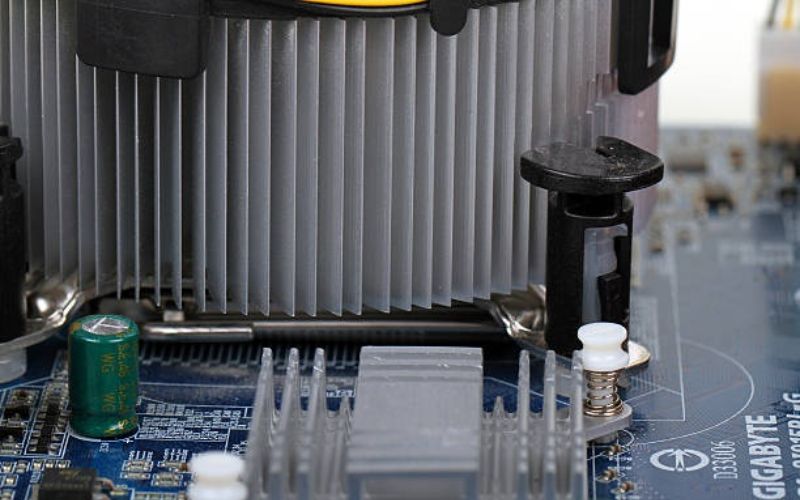Introduction
Electronic devices generate heat as they operate, and this heat can damage the components or reduce their lifespan if not properly managed. One of the most effective cooling solutions for electronic devices is water-cooled cold plates. This article explores the various advantages and benefits of water-cooled cold plates.
What are Water-Cooled Cold Plates?
Water-cooled cold plates are devices used to dissipate heat generated by electronic components. They are made up of a metal plate with channels or grooves through which water flows. The water absorbs heat from the plate and carries it away through a water pipe to a heat exchanger. It can then be cooled by other means, such as a fan or a liquid-to-air heat exchanger.
Advantages of Water-Cooled Cold Plates
Water-cooled cold plates offer many advantages over other cooling methods. Firstly, they provide excellent cooling performance as water has a high thermal conductivity compared to air. They can dissipate large amounts of heat in a short time, ensuring that electronic devices operate at optimal temperatures. Secondly, they are more compact than air-cooled systems, as most of the heat is removed through the water pipe. This reduces the size and weight of the cooling system, making it suitable for use in portable or space-constrained applications. Lastly, water-cooled cold plates are quiet and energy-efficient compared to other cooling methods. They don't require a powerful fan to cool the components, which reduces noise pollution and energy consumption.
Applications of Water-Cooled Cold Plates
Water-cooled cold plates are widely used in many industries, including aerospace, automotive, telecommunications, and renewable energy. They are particularly useful in high-power applications such as electric vehicle batteries, data centers, and power electronics. They are also used in military and defense applications where reliability and durability are critical.
Types of Water-Cooled Cold Plates
There are two main types of water-cooled cold plates: brazed and machined. Brazed cold plates are made by bonding two metal plates together using a brazing technique. The channels are formed by placing a metal shim between the plates before brazing. Machined cold plates, on the other hand, are made by CNC machining the channels on a single metal plate. Machined cold plates offer greater design flexibility and customization options than brazed cold plates.
Design Considerations for Water-Cooled Cold Plates
When designing a water-cooled cold plate, several factors need to be considered, including the size and shape of the plate, the channel design, and the flow rate of the water. The plate's size and shape should be optimized for the specific application to ensure efficient heat transfer. The channel design is also critical, as it can affect the pressure drop and flow rate of the water. The flow rate of the water should be high enough to remove the heat generated by the components, but not so high that it causes excessive pressure drop or cavitation.
Manufacturing Process of Water-Cooled Cold Plates
The manufacturing process of water-cooled cold plates involves several steps, starting from the design phase to the final assembly. The first step is to design the cold plate using computer-aided design (CAD) software. Then, the plate is machined or brazed to create the channels. The plate is then cleaned and coated with a thin layer of protectant. The water pipe is then attached to the plate, and the entire assembly is tested to ensure that it functions correctly.
Maintenance of Water-Cooled Cold Plates
Water-cooled cold plates require minimal maintenance compared to other cooling methods. The water should be checked regularly to ensure that it's flowing correctly and to prevent any blockages. The water should also be replaced periodically to prevent the buildup of impurities or contaminants. Additionally, the plate should be cleaned periodically to remove any dust or debris that may have accumulated.
Conclusion
Water-cooled cold plates offer many benefits over other cooling methods, making them a popular choice for cooling electronic devices. They provide excellent cooling performance, are energy-efficient and compact, and can be customized to suit specific applications. They are widely used in many industries for high-power applications. By taking the design considerations and maintenance requirements into account, water-cooled cold plates can provide reliable and efficient cooling solutions for electronic devices.

